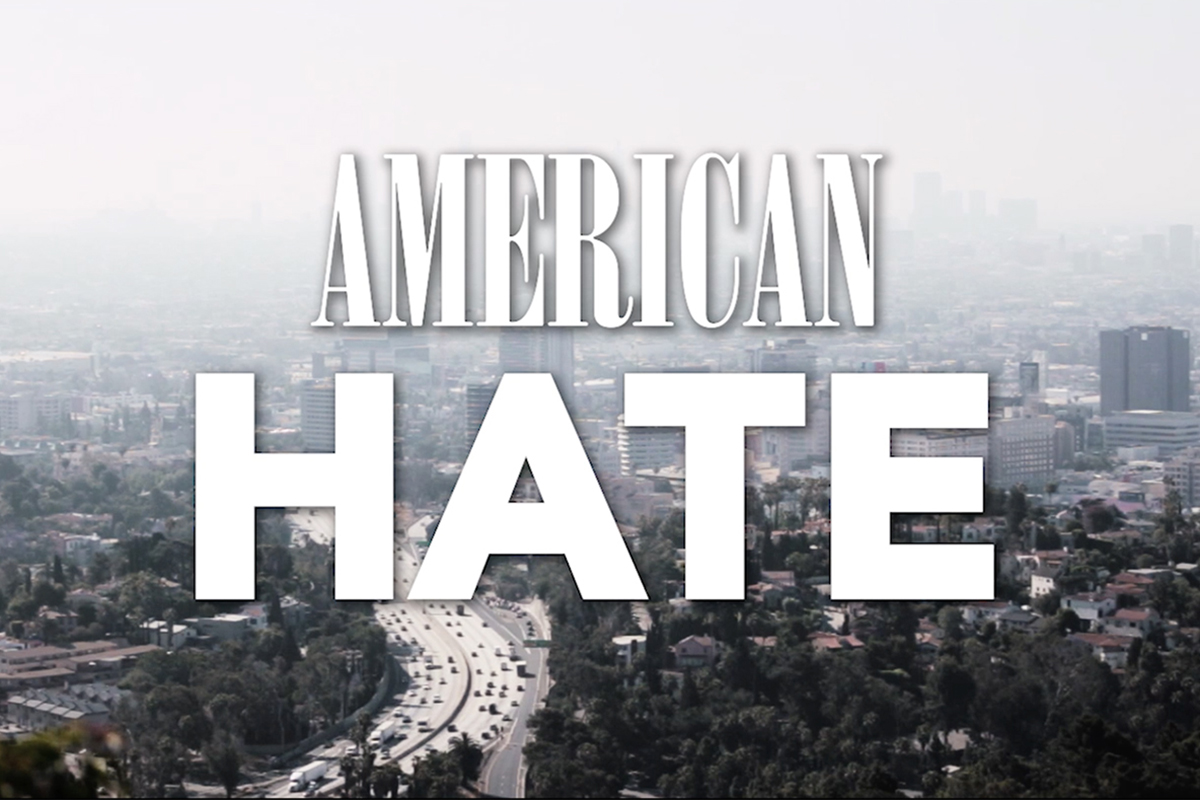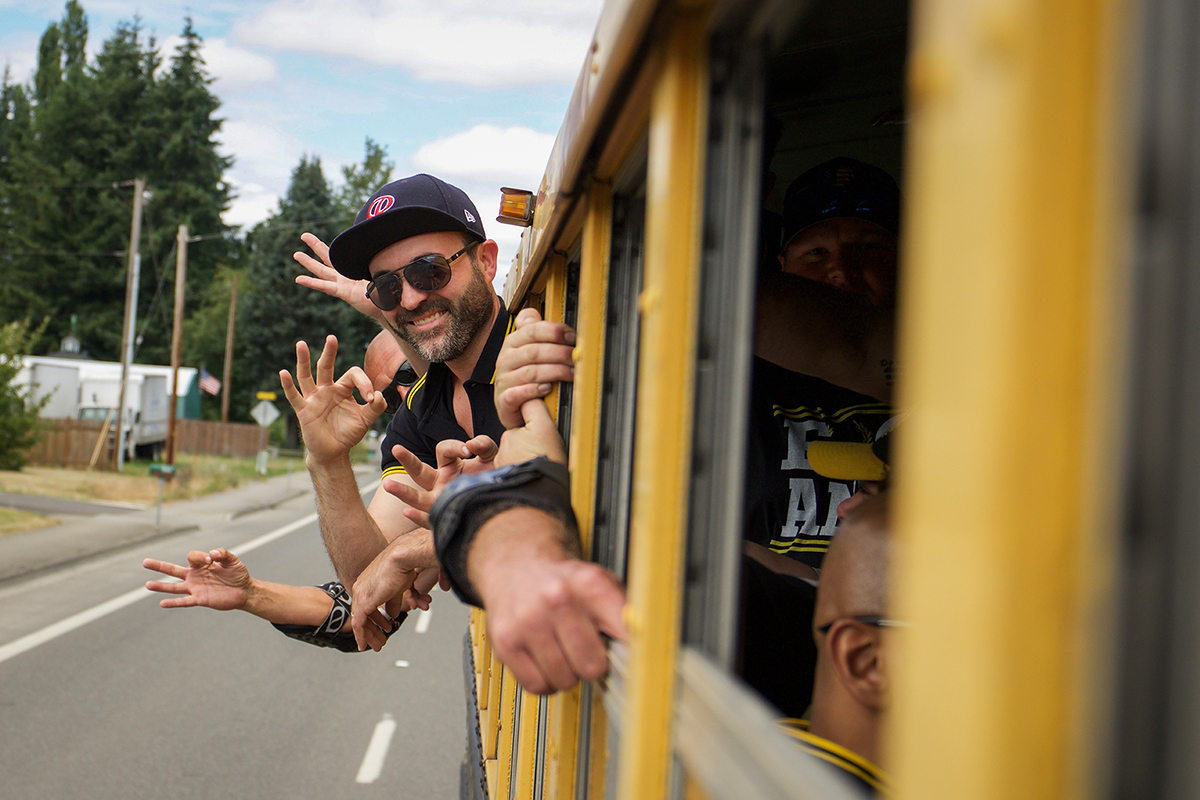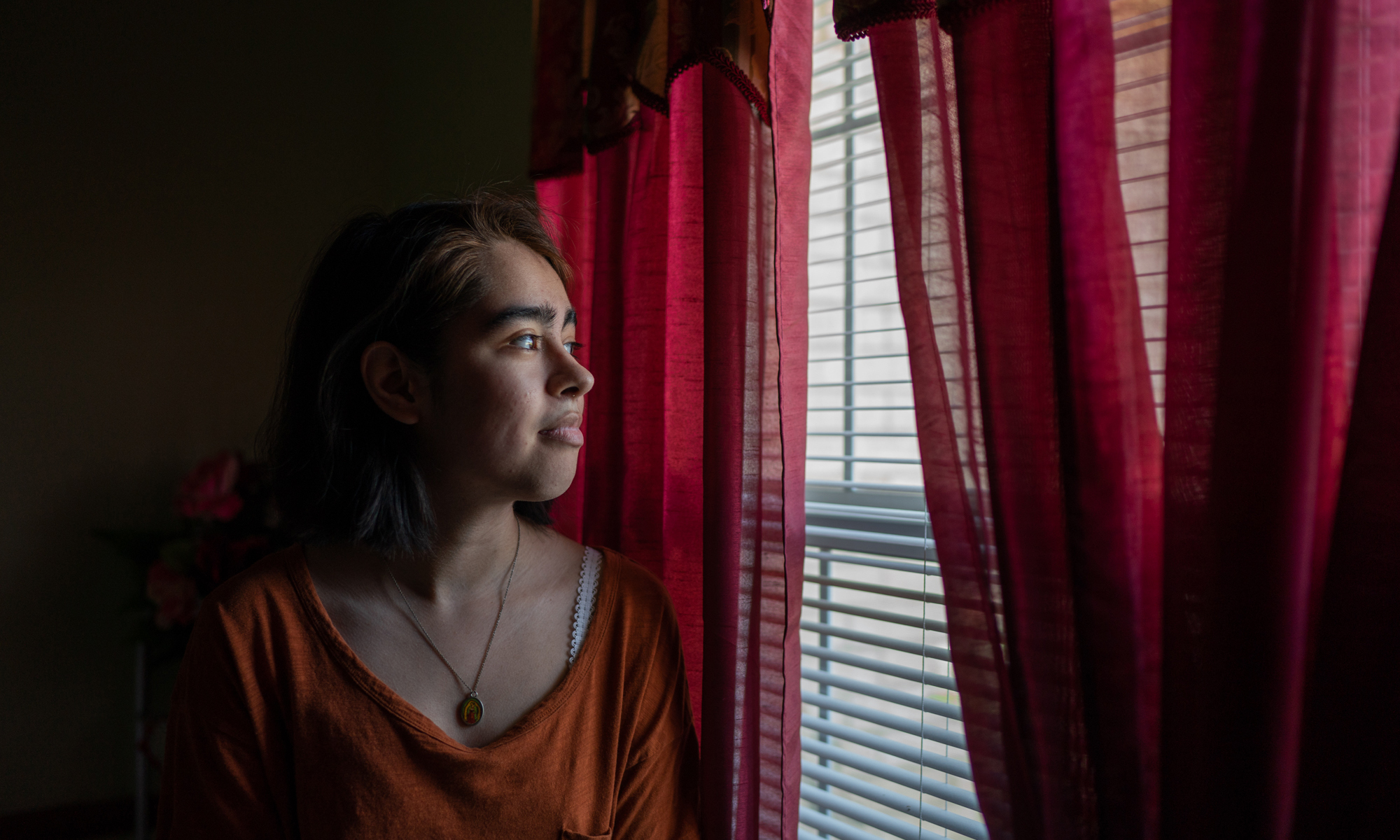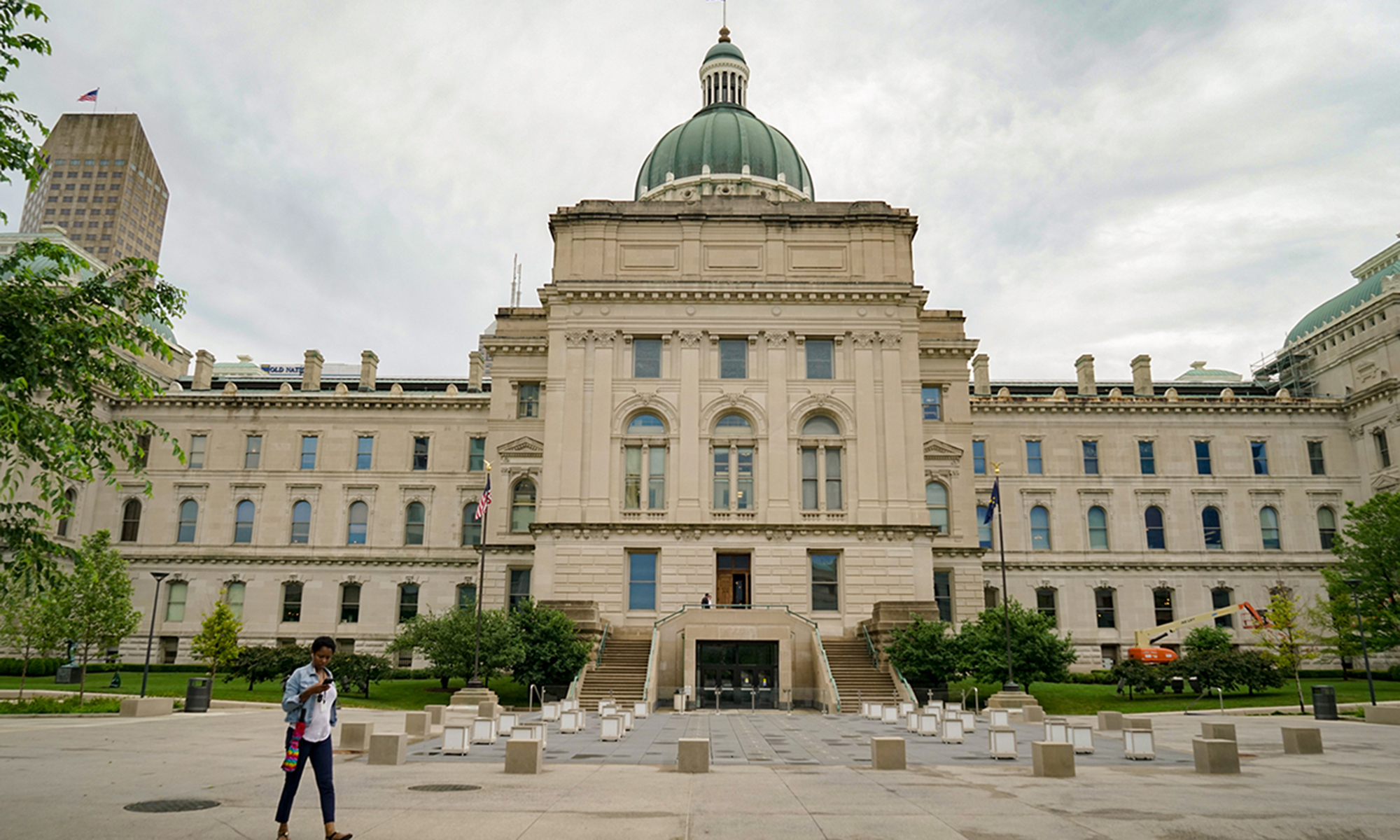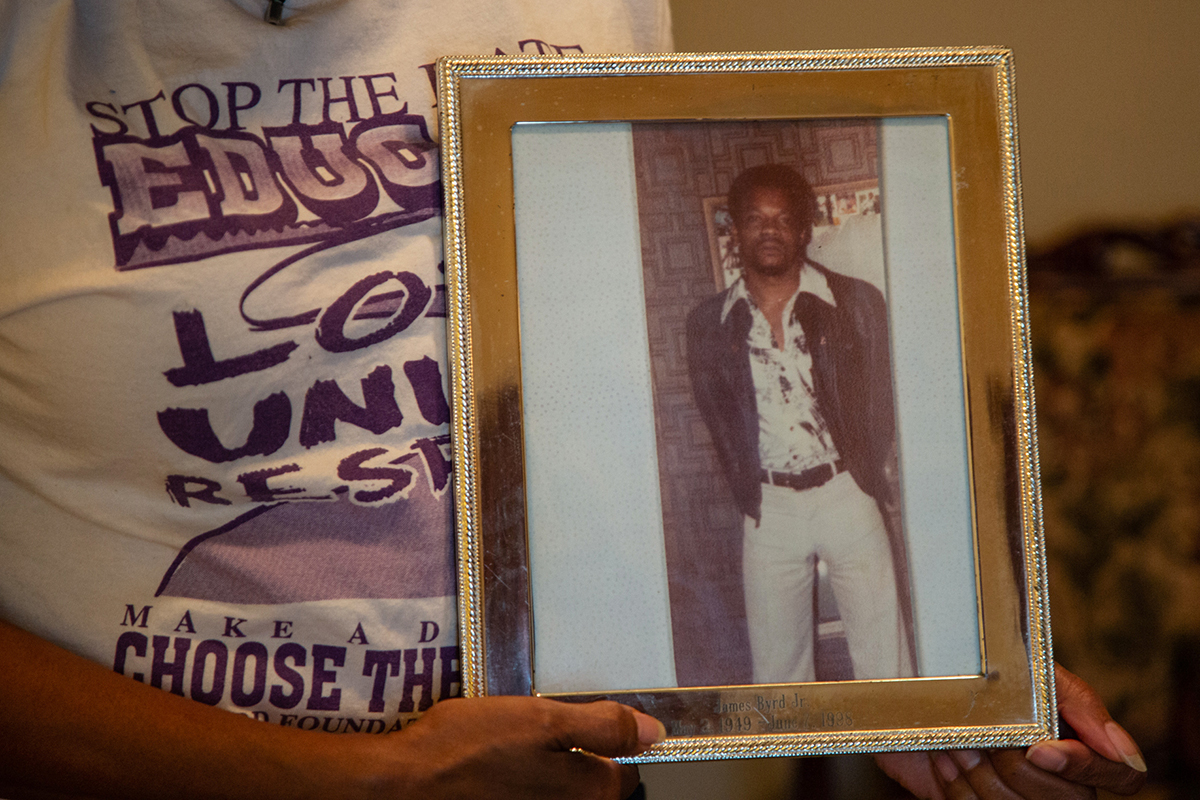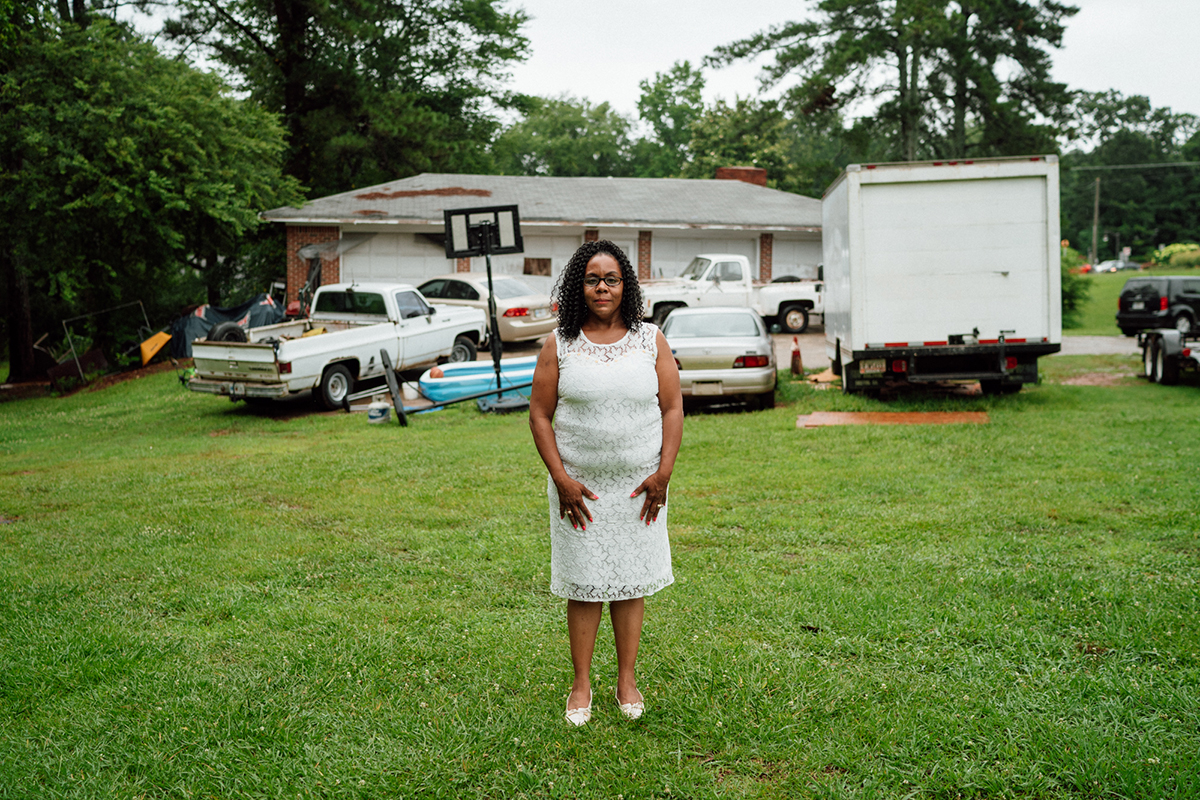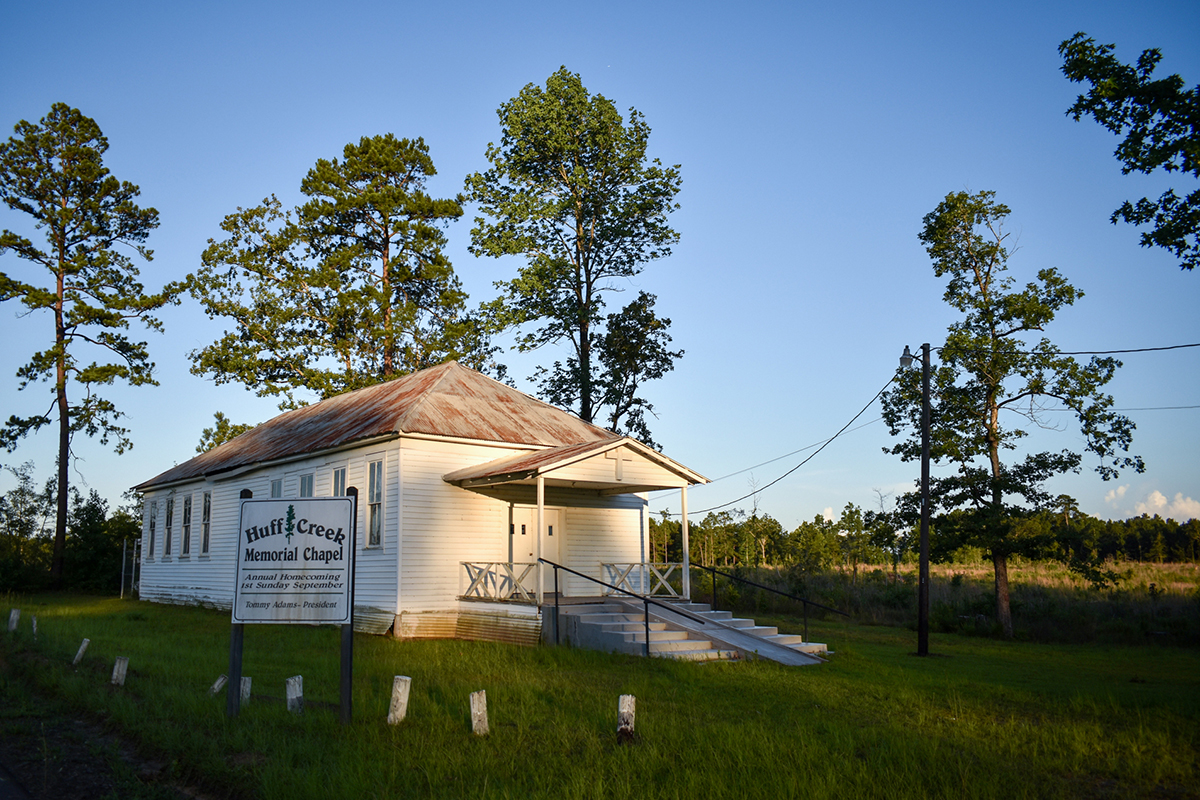On a June morning this year Debra Davis, a black woman in Clio, Michigan, and her ex-husband woke up to find racial slurs spray-painted on her family’s 2011 Chevrolet Silverado, including the n-word and “white power.”
“I don't think that the people that perpetuate crimes against black people has changed,” Davis said. “The only thing that's changed is you have a person in the White House that accepts you saying that's how you feel.”
U.S. Attorney General Jeff Sessions has said Trump’s administration and the Justice Department are “committed to reducing violent crime and making America safe.”
“As you know, hate crimes are violent crimes. No person should have to fear being violently attacked because of who they are and what they believe, or how they worship,” Sessions said at last year’s Hate Crimes Summit in Washington, D.C. “So I pledge to you: As long as I am Attorney General, the Department of Justice will continue to protect the civil rights of all Americans — and we will not tolerate targeting of any community in our country.”
Since 1995, black Americans have been targeted in 34.6 percent of all hate crimes reported to the FBI, despite making up only about 13.2 percent of the country’s population.
Furthermore, only about 12 percent of the nation’s police departments reported any hate crimes to the FBI in 2015 and 2016.
A News21 analysis of the hate crimes reported to the FBI from 2012 to 2016 determined that, on average, 16.6 million black Americans, or 39.5 percent of the country's black population, lived in a county that reported no anti-black hate crimes in a given year.
Many victims told News21 that authorities were skeptical of their claims, and they needed to record hateful incidents for police to believe them and prosecutors to pursue hate crime charges.
Geoffrey Preudhomme, a student at Radford University in Virginia, spent an hour cowering behind his bedroom door in February, while his roommate repeatedly shouted the n-word, banged on his door and threatened to slit his throat. He said people wouldn’t have believed him if he hadn’t filmed the incident.
“In today’s America, you have to be ready to film and document it, it’s not just with brutality but in order to change the system we have to expose all versions of racism,” he said. “I was threatened for the first time in my life in a place where I live, home — where you are supposed to feel the safest.”

